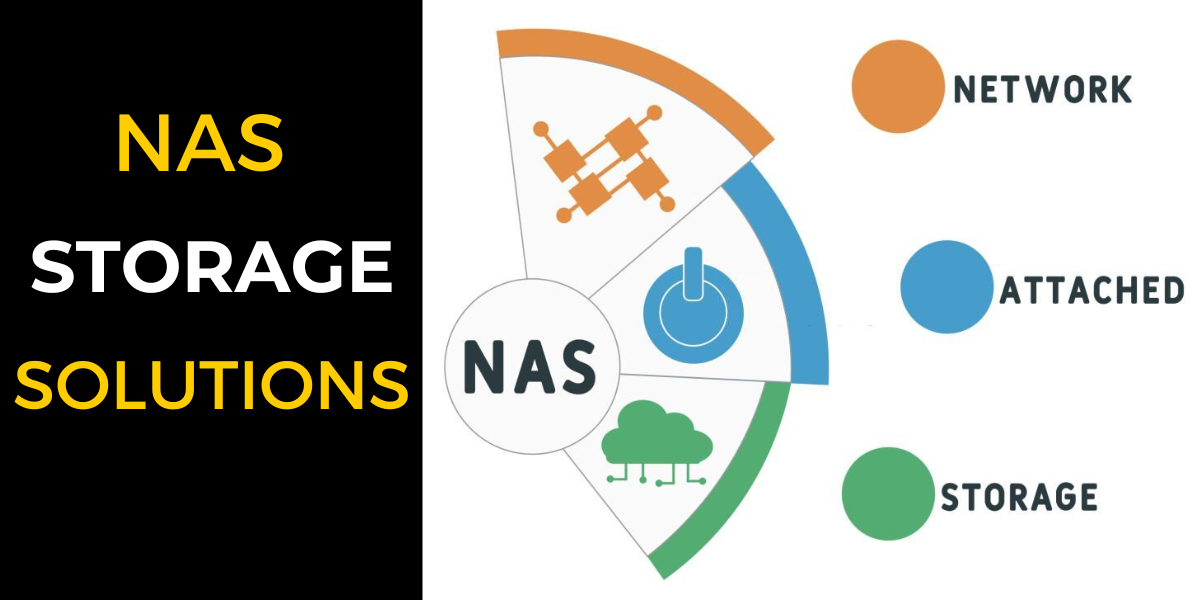Introduction:
As the amount of data we generate and store on a daily basis continues to increase, so does the need for efficient data storage solutions. Network-Attached Storage (NAS) is a popular storage solution for businesses and individuals alike. With its ability to connect to multiple devices over a network, it has fast become the go-to storage solution for any organisation that requires shared access to data. However, not everyone is familiar with what NAS is and how it works. In this blog post, we’ll take you through the basics of NAS and its advantages.
What is Network Attached Storage (NAS)?
Network Attached Storage, or NAS for short, is a dedicated file storage system connected to a network that enables multiple devices to access the same shareable storage. A NAS device houses one or multiple hard drives that are connected to a network, often via Ethernet cables, enabling users to back up their data, store files, and share them with other authorised devices on the network.
Advantages of Network Attached Storage (NAS)
NAS has several advantages that have made it the go-to storage solution for many businesses:
Centralised data storage: NAS makes it easy for all devices on the network to access the same central storage location, enabling effective file sharing and collaboration.
Easy to manage: NAS servers are easy to set up, and managing them is simple, even for non-technical users.
Scalability: NAS devices are available in a range of sizes, with the ability to scale up as your storage requirements grow.
Security: NAS devices are equipped with features that ensure secure storage of data, including built-in encryption, and permissions to control who has access to files.
Types of Network Attached Storage
NAS devices come in two primary types; Consumer and Enterprise-grade. Consumer-grade models are designed for use in households, while Enterprise-grade models are designed for use in business environments. Enterprise-grade models have more powerful processors, reliable and high-performance drives, as well as features like clustering, replication, and SAS support.
How to Choose the Right Network Attached Storage Solution?
When choosing a NAS solutions, it is important to consider the following factors:
Storage capacity: How much storage do you need? What is your current storage requirement, and what will it be in the future?
Number of bays: How many hard drive bays does the NAS device have? This will determine the number of drives you can install and the overall storage capacity.
Performance: What is your budget, and do you require high-speed storage performance for data-intensive tasks like video editing?
Features: Does the NAS device have the necessary features to meet your needs? For instance, do you require the ability to create your own cloud environment?
Conclusion:
In conclusion, Network Attached Storage is an essential solution for businesses and individuals that require centralised and secure storage for their data. With its simple setup, easy management, and scalability, it has become an indispensable component in data storage solutions. However, it is important to take into account the needs of your organisation when selecting a NAS device. This includes storage capacity, number of bays, performance, and features. A proper understanding of the basics of NAS will help you make informed decisions when selecting the appropriate solution for your organisation. To know more, contact us.

